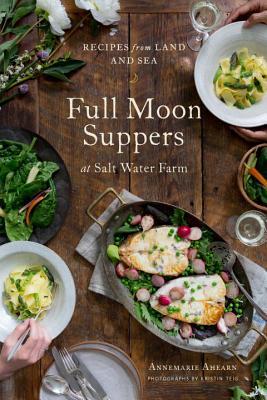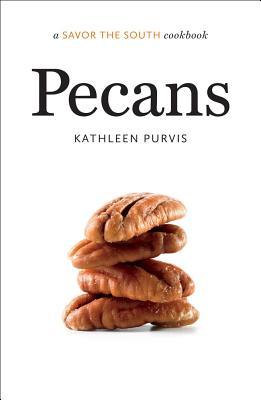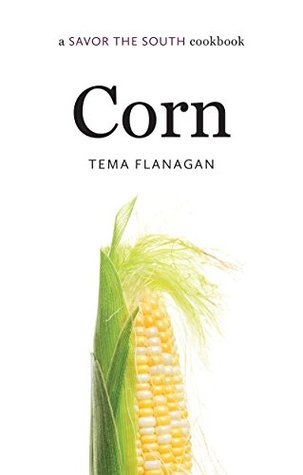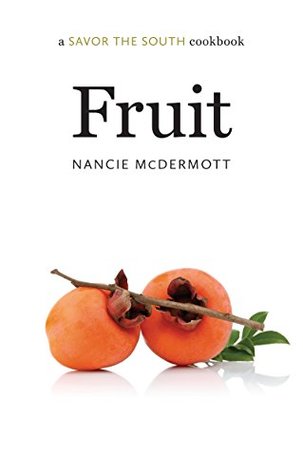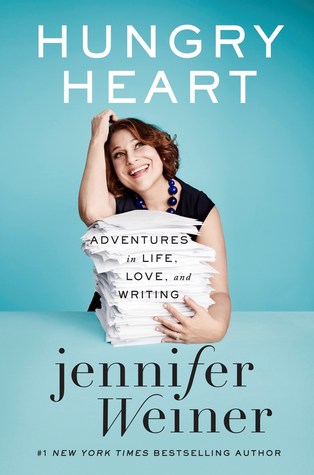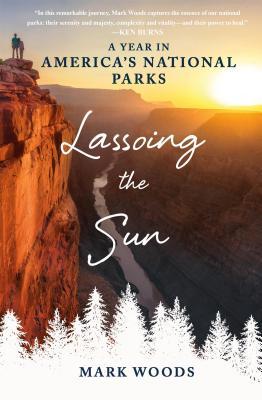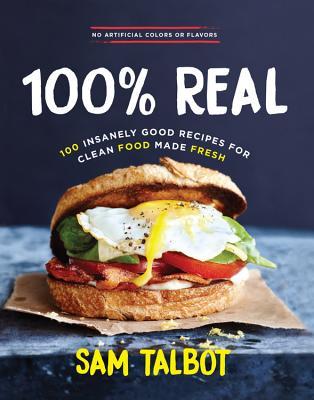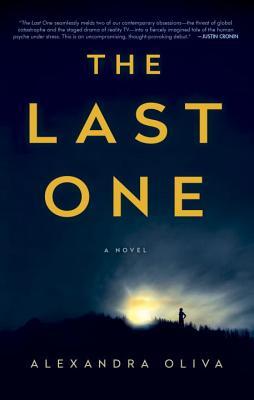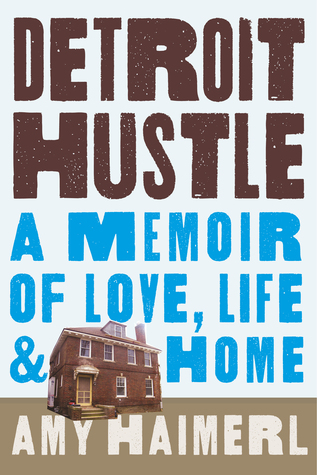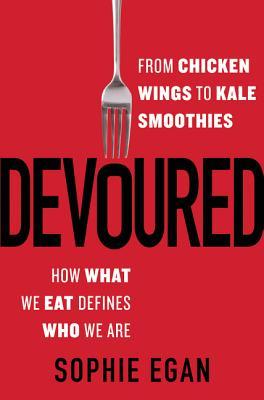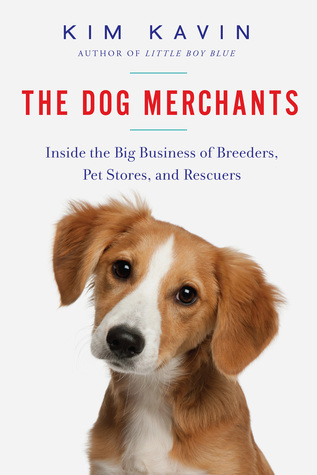Last year I decided to read all non-fiction over the summer and I think I'll make that a new annual tradition. Here is the start of 2017 summer of non-fiction!
Everything That Remains by Joshua Fields Millburn and Ryan Nicodemus
When a friend suggested the Minimalists documentary on Netflix I thought Joshua and Ryan seemed really interesting and fun, even though I didn't see myself as a minimalist. I read their earlier book Minimalism: live a meaningful life first and liked it, but thought it was a little didactic. This book is more what I was hoping for - a more personal story about how Joshua got into minimalism and how it changed his life. His story was really interesting, but I was still curious to know more about how he supported himself after quitting his corporate job. I also thought that he and Ryan deciding kind of on a whim to move out to Colorado would be much harder for someone with a family to do. Joshua wasn't married or dating anyone and both of his parents were dead, so he really wasn't tied down in any way. But, this is definitely making me think about some things. Definitely worth reading and I'll be interested in future books by The Minimalists.
Some quotes I really liked:
"I understand that Ryan's and my (or any other successful person's) seemingly rapid rise from obscurity might seemrapid - at least from the other side of the glowing rectangle. But what you see is only the end result. Before your favorite rock stars were headlining festivals and stadiums around the world, they had to earn the calluses on their fingertips. What you perceive as overnight success is, in fact, everything after- after the tedium of repeated failures, after the monotony of writing twelve hours a day, after drudging through the drudgery, after adding value to one, two, ten, hundreds, and then thousands of people's lives. What you see is the culmination of years of hard and steady work. There's nothing overnight about it." (p. 137)
"That 'downtime' is a misnomer. Human beings used to have precious interstitial zones in which we could find momentary solace: airports, checkout lines, waiting rooms, and other places were transient sanctuaries in which we could bask in reverie. This is no longer the case. I now notice everyone on their phones during these precious moments. They are attempting to be more productive or interactive, but I've discovered that stopping and thinking during these moments is more productive than fiddling with my phone." (p. 143-4)

Freedom: My Book of Firsts by Jaycee Dugard
I was really looking forward to reading this because I liked Dugard's first book A Stolen Life even though it was hard to read. But, this one was kind of a let down. It seemed kind of simplistic and all over the place and the tone was kind of subdued. I was hoping for more of a chronological account of all her "firsts" after she was rescued and reunited with her family. It does seem like she has a good life and has found a way to balance her "fame" and creating a normal life for her and her daughters. Overall, it was just OK - not bad, but I didn't love it.
Hungry Heart: Adventures in Life, Love, and Writing by Jennifer Weiner
I have always loved Jennifer Weiner's novels, so I was excited to read her memoir. In a series of stories she explores everything from serious issues like her dysfunctional family, her struggles with weight, and a miscarriage to more light-hearted stories about her love of the Miss America pageant and The Bachelor. While Jennifer may have struggled in high school and longed to be accepted by her peers, today she sounds like the perfect BFF - smart and funny and willing to share all her secrets with you. She reveals how hard it was for her after her father left their family and started a downward spiral that left illegitimate children, debt, and lawsuits in his wake. She also writes about how she worked even harder to never follow in her father's footsteps - to create a career she loved, to be successful, and to love her children and create a healthy family. This is one of those books that was so good you wish it was longer!

American Girls: Social Media and the Secret Lives of Teenagers by Nancy Jo Sales
This book was a lot to take in and is pretty disturbing and depressing. As the author says in the conclusion, "Being a teenager has never been easy. Faces and bodies are changing, hormone raging, emotions all over the place. Imagine adding to that a constant pressure to take pictures of yourself and look 'hot' in those pictures and have people like them. Imagine getting a dick pic from a boy, maybe before you've ever held a boy's hand. Or being asked for nudes at a time when you're just trying to feel comfortable in your changing body, and not always succeeding. Imagine developing a crush on someone, who seems to like you back, only to find out that he's been 'talking' to other girls, online, even at the same time you thought you were having an intimate conversation." (p.371) - this is what this book deals with. I liked that the author organized the book by ages - each chapter focuses on a particular age from age 13 to 19 and how they use social media and how it affects their life. And it seems like it mostly affects them negatively, yet they are also so drawn to it and addicted to it. While there was a lot of eye-opening and disturbing information presented, the basic gist of the book is that teens and kids are really sexualized from a very young age, social media has hampered real connections, and porn has fucked EVERYONE up. My main complaint about this book is that each chapter was basically a remix of the previous chapter just with older kids being interviewed. Although, I personally found the younger (13 & 14) and older (18 & 19) chapters were worse. The younger because they are SO YOUNG and dealing with sexual harassment every single day and the older kids because college campuses + drinking = lots of rape. Overall, very disturbing and depressing. I'm so thankful that I grew up before social media and cell phones.
Some quotes I really liked:
"In 1991, Naomi Wolf's The Beauty Myth: How Images of Beauty Are Used Against Women amplified this theme. Wolf saw in the increased pressure for women to be beautiful a reaction against feminism. She contended that as women achieved more social and political power, the demands of 'beauty' worked to undermine women's empowerment. 'The more legal and material hindrances women have broken through, the more strictly and heavily and cruelly images of female beauty have come to weigh upon us,' she wrote. 'During the past decade, women breached the power structure; meanwhile, eating disorders rose exponentially and cosmetic surgery became the fastest growing specialty...pornography became the main media channel...and thirty-three thousand American women told researchers that they would rather lose ten to fifteen pounds than achieve any other goal...More women have more money and power and scope and legal recognition than we have ever had before; but in terms of how we feel about ourselves physically, we may actually be worse off than our unliberated grandmothers.'" (p. 86)
"More than 220,000 cosmetic procedures were performed on patients ages thirteen to nineteen in 2013, and in that year plastic surgeons were noting that teenagers were saying they wanted to have 'something done' for a new reason - to look good in selfies." (p. 93)
"'Girls start out life now being immersed in princess culture,' says Rebecca Hains, author of The Princess Problem: Guiding Our Girls Through the Princess-Obsessed Years, referring to the obsession with princesses seen in little girls since the launch of Disney's multibillion-dollar line of princesses and princess toys in 2000. 'I think princess culture is part of the overall backlash against feminism,' says Hains. 'This obsession with princesses is concurrent with a cultural pendulum swing that happened when the Republicans got back power in the 2000s and [in the 2010s] launched the War on Women,' meaning efforts to roll back reproductive rights and restrict women's rights in other areas...'What girls learn from princess culture is that how they look is very, very important. If you're hooked on external validation at age four, that plays into self-objectification and self-sexualization.'" (p. 98)
"In 2005, Newsweek ran a story headlined 'Bad Girls Go Wild,' which raised an alarm about an alleged increase in violence among girls. Citing a new study from the FBI, the magazine reported that the number of adolescent girls arrested for aggravated assault had seen a shocking rise over the last twenty years. Though the FBI had given no theories about the reason for this spike in violence, Newsweek blamed feminism. 'The women's movement,' said the magazine,'which explicitly encourages women to assert themselves like men, has unintentionally opened the door to girls' violent behavior.' But when the Justice Department looked into Newsweek's claims, in 2008, it found them to be based on a faulty analysis of data. Girls weren't becoming more violent, but they were being arrested and incarcerated more frequently for lesser offenses...It's worth considering whether the women's movement actually may have opened the door to, not more violent behavior among girls, but more policing of girls' behavior, as a form of backlash." (p. 152)
"'It's become a way for people to dismiss sexism,' says Laura Bates, talking about the evolution of the notion that 'girls are mean.'...Competitiveness is a difficult human trait. Bullying comes from all kinds of people. I don't believe it's some ingrained genetic trait in women or girls...In a world where there is such sexualization of women and oppression of women, it just feels like it's too easy to blame girls for meanness. And it's such a clever attempt to create a diversion. Why is it that everybody loves to talk about 'mean girls'? It's another attempt to stymie the feminist movement." (p. 168)
"And yet, despite the high numbers of girls experiencing sexual harassment in schools, only 12 percent said they ever reported it to an adult. 'Some researchers claim that sexual harassment is so common for girls that many fail to recognize it as sexual harassment when it happens,' said the AAUW report." (p. 273)
"Finally, I think girls need to read. Which they already do; but they need to read more. Early in this book I reported on my conversation with April Alliston, the Princeton professor who talked about how it was with the invention of the printing press that we first saw porn in its modern form. Porn was a reaction to women reading, to becoming more educated and informed. It was meant to degrade women and distract them from becoming educated, in the view of some historians, as a way to keep them from becoming empowered. And so for girls now to model themselves in the image of pornography, one could argue, is for them to embrace their own disempowerment. Girls need to put down their phones sometimes and pick up books." (p. 375)
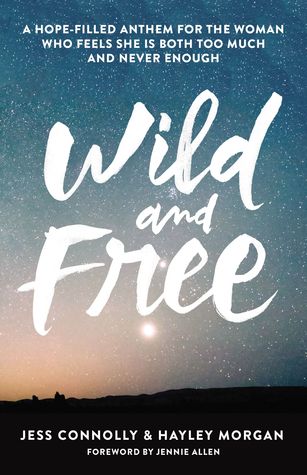
Wild and Free: a Hope-Filled Anthem for the Woman Who Feels She is Both Too Much and Not Enough by Jess Connolly and Hayley Morgan
I was really looking forward to reading this one since part of the subtitle is "for the woman who feels she is both too much and never enough." It's easy to feel that way as a Christian if you don't fit the stereotypical view of what a Christian woman is supposed to be like. Growing up in churches where feminism was the other f-word I can totally relate to feeling like I'm "too much" and our overall culture works hard to make sure women always feel like we are "never enough." But, I felt like the authors only skimmed the surface of this issue. Every chapter felt like it repeated itself by continuing to talk about how God made us wild and free and all the ways God Himself is wild and free in His creation and by loving us unconditionally. While I completely agree and would argue that the Church in fact often tries to tame our perceptions of God - especially for women, but nothing in this book really jumped out and made me feel connected to the authors or their message. Overall, I love the title and the idea behind the book, but was pretty disappointed.
One quote I did love:
"I see women believing and repeating the lie that motherhood is the highest calling for all women. Did you know that's nowhere in the Bible?" (p. 29) [But again that's easy for these authors to note because they both have 4 children. As a Christian who's childfree by choice it's been a very isolating choice, but I still don't regret my decision and would like to see more Christian women own their non-conformist choices.]

Unearthed: Love, Acceptance, and Other Lessons From an Abandoned Garden by Alexandra Risen
Alexandra Risen's parents emigrated to Canada from the Ukraine after World War II. Her parents often fought and it wasn't a happy household to grow up in. Her one comfort and escape was the ravine behind her family home. Risen grew up loving the outdoors and hiking. When Risen and her husband see a house for sale with a huge abandoned garden, she knows she must rebuild the garden. At first it feels like a way to connect with her mother who's health is failing and has recently moved into a retirement home. Risen also wants the garden to be a connection for herself and her son. Her own mother loved gardening, but seemed incapable of including her children in her hobby. Risen wants a better relationship with her own son, but she also wants to instill in him the love of nature that she got from exploring as a child. The more they get into their garden the worse shape they realize it's in, but the more unique features they discover. I hate to even imagine how much money they poured into the garden, but after 10 years it's completely renovated and renewed. Working in the garden helped Risen work through her emotions about her parents and the strained relationship she had with them, but the garden also connected her even more with her husband and son. There are a few pictures on the inside cover pages, but I would have loved to see more pictures of the garden included.
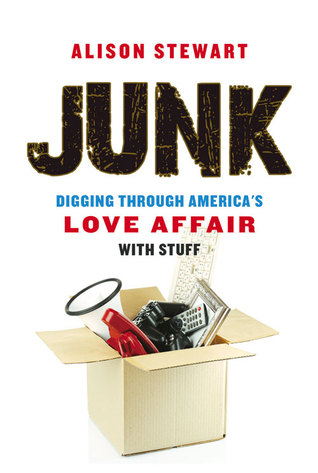
Junk: Digging Through America's Love Affair With Stuff by Alison Stewart
When Alison Stewart and her sister have to clean out their late parent's house to get it ready to sell they make short work of the main level - most things were in working order and could be donated and they each wanted to keep a few family mementos. But the basement was another story. After spending months of Saturdays working hard they had barely made a dent and Stewart knew it was time to get professional help. Sorting through her parent's basement and subsequently paying someone to help clean it out made Stewart think about junk - why do we keep so much stuff "just in case," the companies and TV shows that make a living from junk (selling it, organizing, hoarders, etc.), new uses for junk, and even embracing your junk. This is a really interesting and unique look at junk - however you define it, because there is not just one definition of junk. And you have the old saying, "one man's trash is another man's treasure." I think this is more than timely with the new popularity of minimalism and tiny houses in our culture today. One thing I found really interesting is the people she interviewed who were in the professional business of helping clean out other people's junk live much more minimally. Overall, a really interesting and unique book that really looks at every aspect of junk.
Two things I really liked - the Regeneration Station, a business in Asheville, NC that will come and collect good quality "junk" furniture and other things and then refurbishes them to sell at the Regeneration Station.
Repair Cafe - started in Amsterdam, but is now all over the world. Mostly a quarterly meeting with craftspeople of all types who volunteer their time to repair most anything - furniture, clothing, dolls, toys, light fixtures, etc.
Some quotes I really liked:
"Rats are a big problem in Portland. Apparently, it is so bad that one man in the neighborhood told the local news, 'They're like their own little gang. When I killed one...they pulled him back in there like it was like Saving Private Ryan or something.'" (p. 180)
"Wiens is part of the Right to Repair movement, an effort to pass strong legislation that would allow individual and independent repair shops to fix electronics. Many companies keep their manuals close to the vest and only allow them in the hands of dealers. A bizarre example has surfaced with farm tractors. Now there are John Deere tractors that are wildly computerized. If one of these tractors breaks down, a farmer can't really get in there and fix it himself. He has to have a Deere-approved repair person do it with certain parts and manuals only available to certain people...The Fair Repair bill put forth in two states in 2015, New York and Minnesota, would empower the average person or repair person to have access to the information and parts to be able to fix smartphones, computers, and yes, farm equipment. There is a precedent for a law like this passing. Automotive repair folks won the right to repair in 2012. Now that cars are borderline spaceships, for a while independent mechanics and owners who were handy with a wrench were being turned down when they requested manuals and parts to fix cars, based on the proprietary argument." (p. 250)

We Should All Be Feminists by Chimamada Ngozi Adichie
I almost hate to mark this down as reading a "book" since it was more like a long pamphlet at only 48 pages and about the size of the old tiny Peter Rabbit books. I had heard a lot of hype about this book and since I 100% agree with the title I decided to check it out. It was disappointing in that it was so short and tiny - it only took me about 15 minutes to read it. But, it was also very basic and I was hoping for something more in depth. I think this could be good for someone who doesn't understand what feminism is to read, but I was definitely looking for more.
Lassoing the Sun: A Year in America's National Parks by Mark Woods
I was really excited to read this book, but it was kind of a gloomy read. When Mark Woods won a writing grant he decided to write a book about National Parks and visit a different one every month for a year. His family often visited National Parks when he was growing up and he had many fond memories of those trips. Right before his National Parks year starts he finds out that his mother is dying and that kind of took over the book. While I understand why his mother's death, family, and National Parks were all tied together for him, it really gave the book a sad tone. His visits to 12 National Parks was definitely interesting and he visited a wide variety of parks. While it wasn't exactly what I expected it did make me want to visit more National Parks and especially the ones out West.
A quote I really liked:
"More than anything, Mom's life made me think about what I wanted in my life. And I didn't want things. I wanted to dothings." (p. 265)
